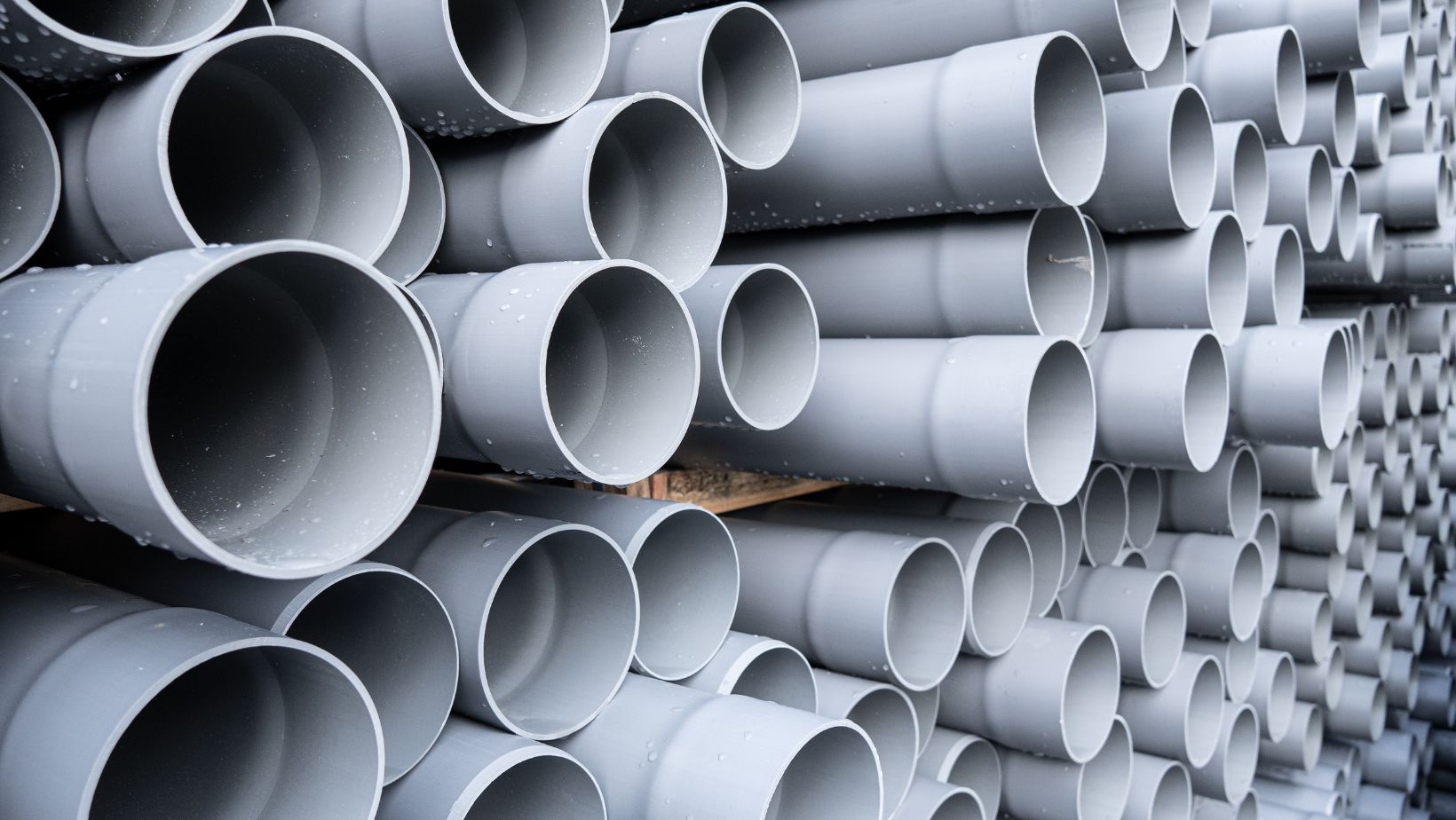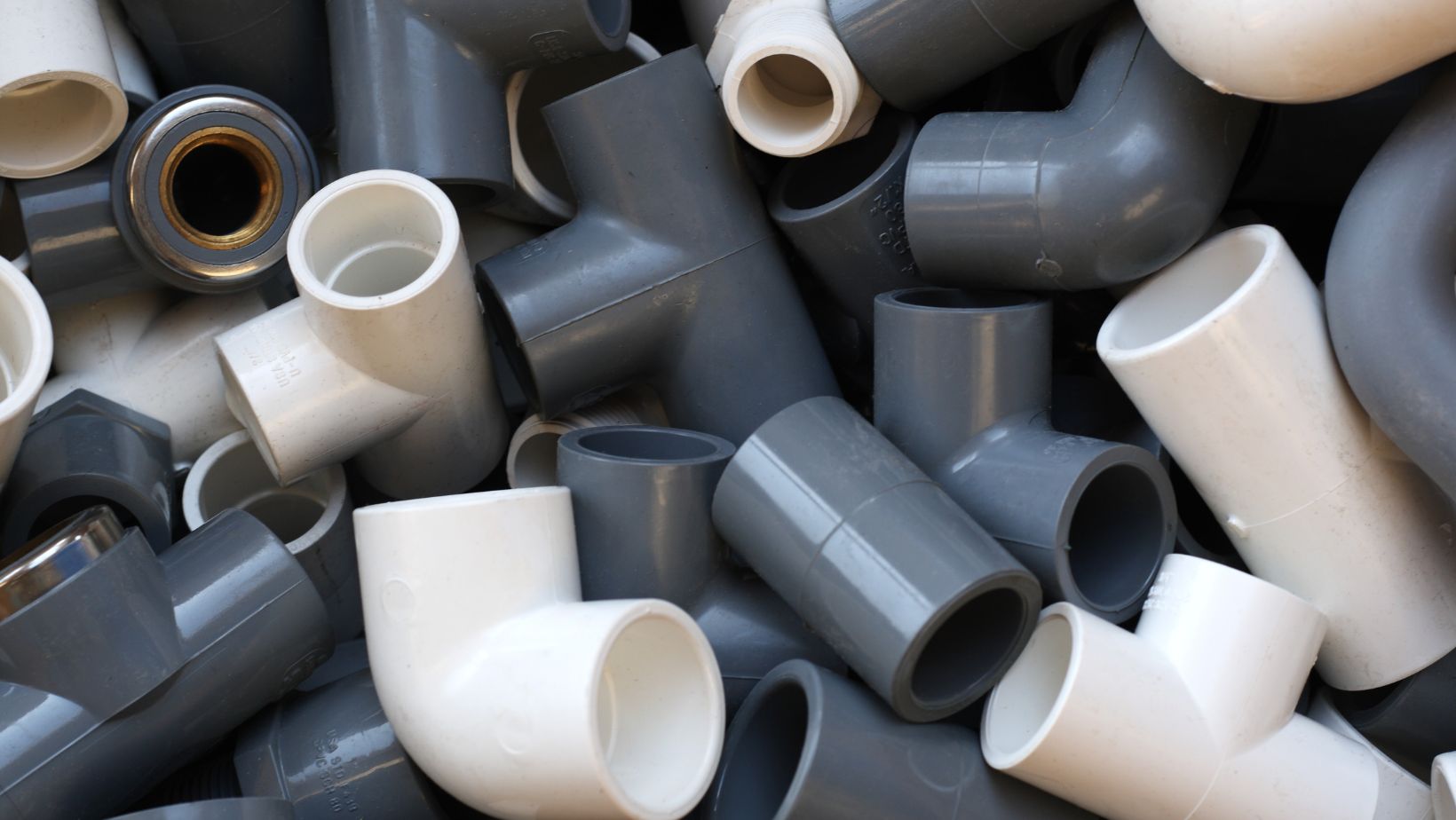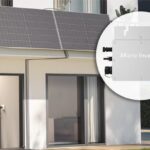
In furniture manufacturing and interior design, edgebanding plays a crucial role in enhancing durability and aesthetics. Two popular options for edge banding are veneer and PVC. This article explores their cost, aesthetic appeal, and performance to help you make an informed decision for your project.
Cost
Veneer Edgebanding: Veneer edgebanding is crafted from thin slices of natural wood, making it slightly more expensive than PVC. The cost reflects its premium look and the processes involved in production. While veneer is ideal for high-end projects, its price may not fit tight budgets.
PVC Edgebanding: PVC is a synthetic material, and its affordability makes it a popular choice for cost-sensitive projects. It offers excellent value for money without compromising on essential performance features like durability.
Verdict: PVC is the more economical choice, but veneer’s added cost is justified for projects requiring a natural, luxurious aesthetic.
Aesthetics
Veneer Edgebanding: Veneer provides a rich, natural wood appearance that blends seamlessly with wood-based furniture. It’s available in various species and finishes, ensuring a sophisticated look. Veneer is the go-to choice for projects aiming to maintain an authentic, high-end wood finish.
PVC Edgebanding: PVC offers versatility in design, with options for solid colors, patterns, and even woodgrain effects. While it mimics wood fairly well, it doesn’t achieve the authenticity of real wood. However, for modern or minimalist designs, its clean and consistent look can be advantageous.
Verdict: Veneer excels in projects requiring a natural and luxurious aesthetic, while PVC suits modern and versatile designs.
Performance
Veneer Edgebanding: Veneer is less resistant to moisture, scratches, and heat compared to PVC. It requires proper sealing and maintenance to maintain its appearance. Over time, it may wear down faster in high-traffic or heavy-use environments.
PVC Edgebanding: PVC is highly durable, offering excellent resistance to moisture, impact, and wear. It’s easy to clean and requires minimal maintenance, making it ideal for environments like kitchens, offices, and schools.
Verdict: PVC outperforms veneer in durability, especially in environments exposed to heavy use or moisture.
Conclusion
Choosing between veneer and PVC edge banding depends on your project’s priorities:
- Cost-conscious projects or high-traffic areas: PVC edge banding is the better choice for durability and affordability.
- Premium designs or natural aesthetics: Veneer edge banding adds elegance and authenticity that PVC can’t fully replicate.
By balancing cost, aesthetics, and performance, you can select the edgebanding material that best aligns with your needs and project goals.














